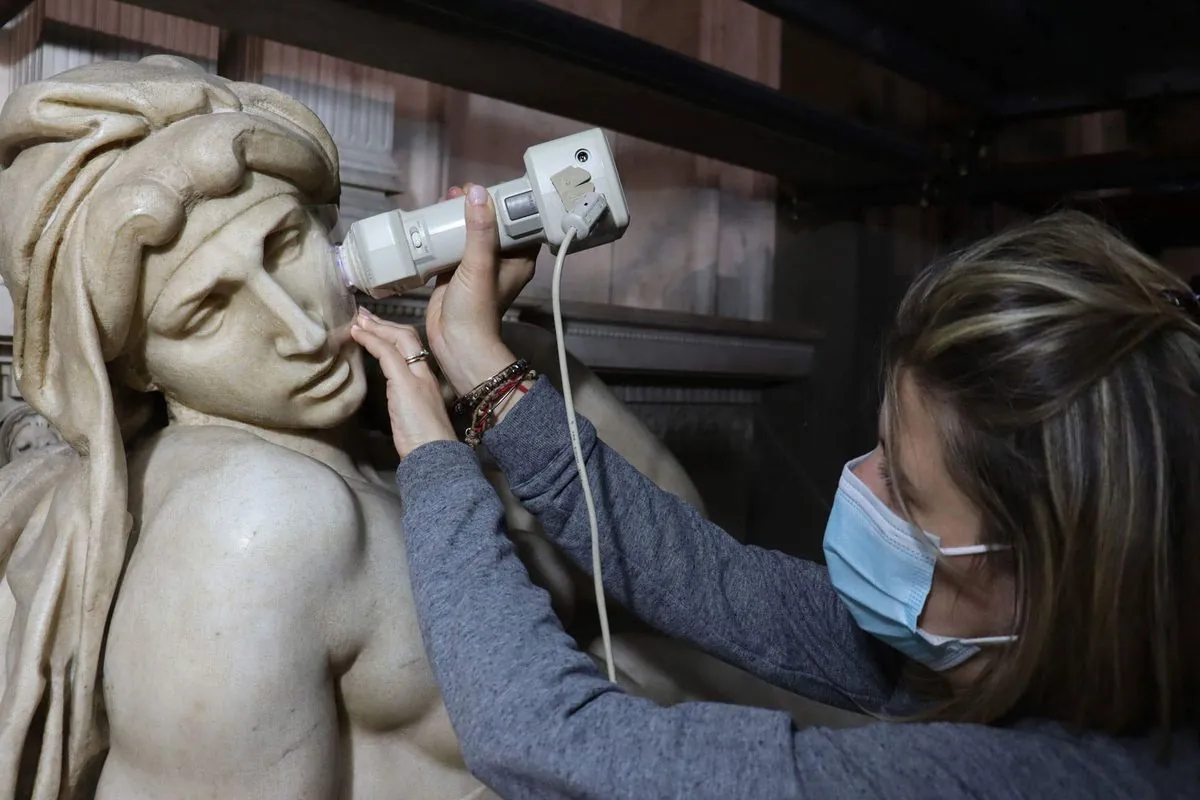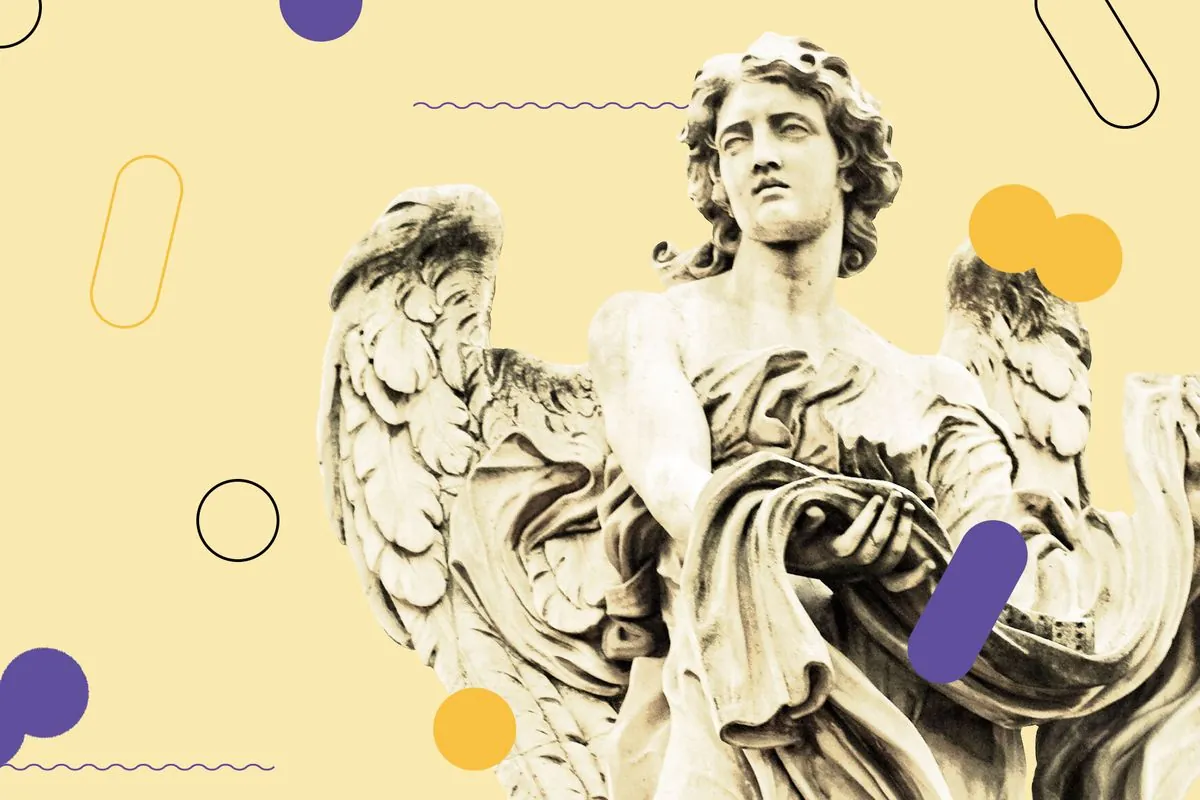Microbiologist and Mother Team Up for Innovative Art Restoration in Valencia
A Spanish microbiologist and her art conservator mother collaborate on a groundbreaking project using bacteria to restore 18th-century paintings in Valencia. This innovative technique offers a gentler alternative to traditional restoration methods.

In a unique collaboration bridging science and art, Pilar Bosch, a microbiologist, and her mother Pilar Roig, an art conservator, have joined forces to tackle a challenging restoration project in Valencia, Spain. Their innovative approach utilizes bacteria to clean 18th-century paintings, offering a gentler and more effective alternative to traditional restoration methods.
The project focuses on restoring frescoes by Antonio Palomino, a renowned Spanish Baroque painter, in one of Valencia's oldest churches. These artworks, created in the 18th century, had been removed from the walls during restoration work in the 1960s and later reattached, leaving them covered in stubborn animal collagen-based glue.
Pilar Bosch's interest in this unique application of microbiology was sparked in 2008 when she discovered a paper discussing the use of bacteria in art restoration. This serendipitous find coincided with her mother's struggle to remove the persistent glue from the Palomino frescoes using conventional techniques.
The process developed by Bosch involves training bacteria to produce enzymes that specifically target and degrade the glue. These microorganisms are then combined with an algae-based gel and applied to the paintings. After a three-hour treatment, the gel is removed, revealing the cleaned artwork underneath.
"In the past, we used to work in a horrible manual way, with warm water and sponges that took hours and damaged the painting."
This bacterial cleaning method represents a significant advancement over traditional techniques, which often risked damaging the delicate artworks. The project, funded by local foundations, has a budget of 4 million euros (approximately $4.46 million).
The collaboration between mother and daughter is part of a family legacy in art conservation. Roig's father and grandfather were also involved in the field, highlighting a multi-generational commitment to preserving cultural heritage.

Bosch's innovative approach has not been limited to Valencia. She has applied similar bacterial restoration techniques to projects in Pisa and Monte Cassino in Italy, as well as in Santiago de Compostela in northern Spain. Currently, she is exploring the use of different bacterial strains to remove spray-painted graffiti from walls, further expanding the applications of this groundbreaking method.
This project exemplifies the potential for interdisciplinary collaboration in solving complex problems. By combining microbiological expertise with traditional art conservation knowledge, Bosch and Roig have developed a method that not only preserves valuable artworks but also pushes the boundaries of both fields.
As the restoration work continues in Valencia, it serves as a testament to the power of innovation and the unexpected ways in which different disciplines can intersect to create novel solutions. The success of this project may pave the way for similar applications in art conservation worldwide, potentially revolutionizing the field and ensuring the preservation of cultural treasures for future generations.


































